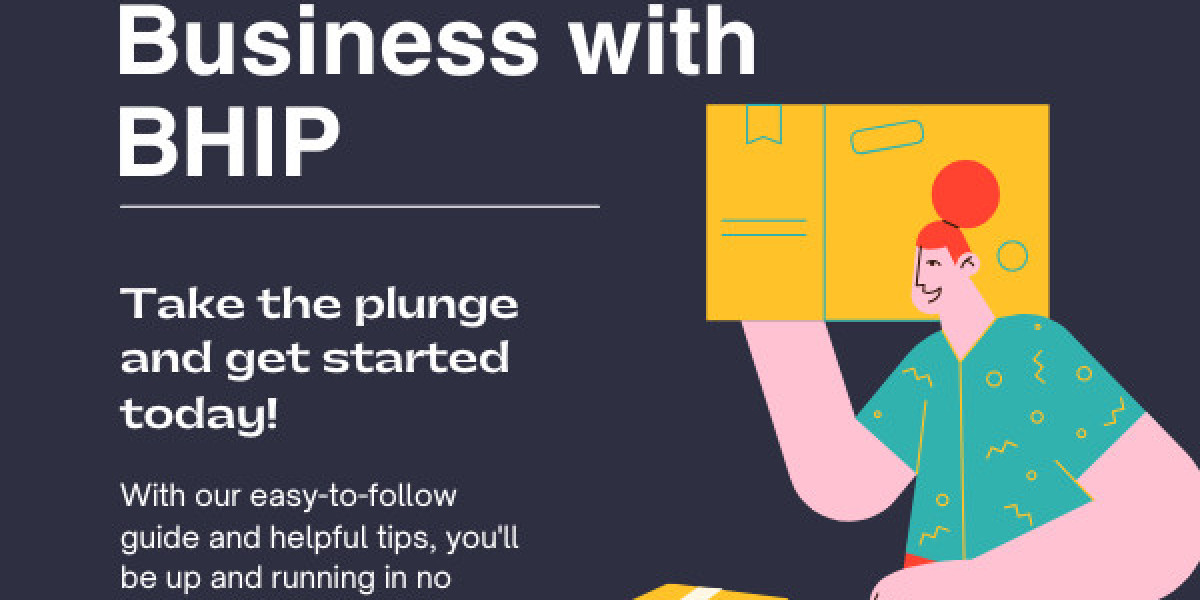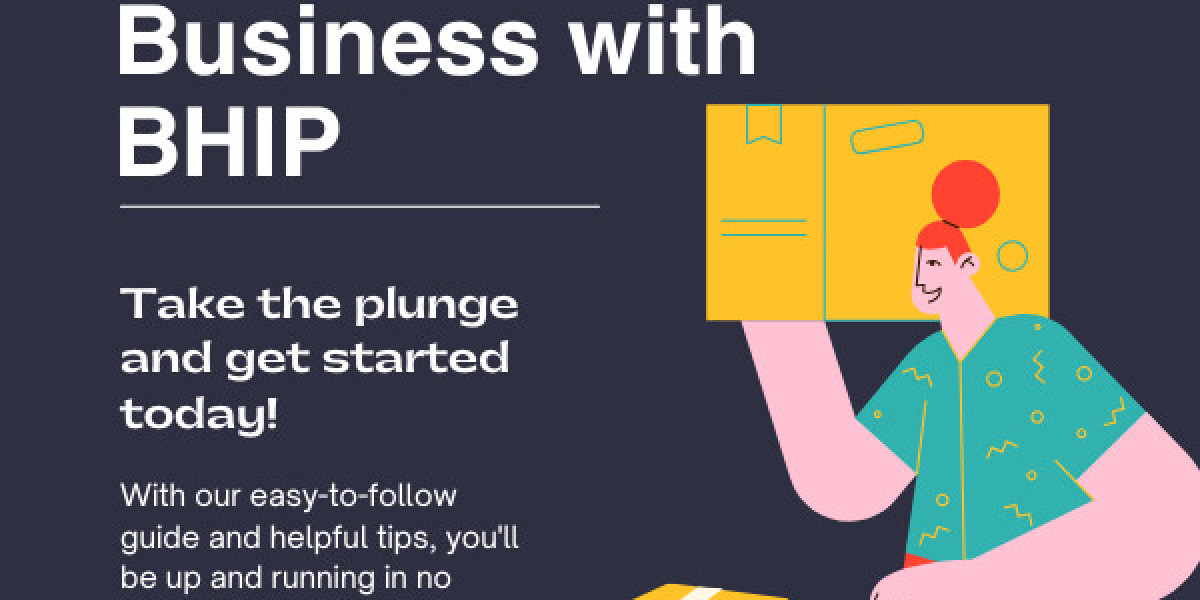Watch out for unexpected charges like theme customization ($100-300), premium app installations ($10-50 monthly per app), and customer support upgrades ($20-100 monthly). Most platforms also include hidden fees for storage limits, API connections, and SSL certificates. To protect your investment, maintain a detailed cost spreadsheet and set aside 15-20% of your budget for these additional expenses. Consider platforms that offer transparent pricing structures and bundle essential features into their base plans to minimize surprise costs down the lin
You'll need to evaluate product viability by considering items that aren't readily available in local stores, have minimal competition, and maintain healthy profit margins after shipping expenses. Avoid products that are oversaturated in the market, extremely heavy, or prone to damage during transit. Focus on items with unique selling propositions that solve specific customer problem
Don't overlook hidden fees that can impact your profit margins: payment processing charges (2.9% + $0.30 per transaction), shipping insurance, and supplier integration tools. You'll also need to budget for product testing ($100-300), high-quality product photography ($200-500), and customer service software ($30-100/month
You'll get 24/7 customer service through BHIP's dedicated support portal, with technical assistance via live chat, email, and phone (smart inventory solutions). Their specialized team responds to technical issues within one business d
Proven ecommerce platforms like Shopify Plus or BigCommerce Enterprise offer enhanced security features and seamless payment processing for high-ticket items
Premium marketing tools such as Klaviyo for email automation and Hotjar for visitor behavior analysis help safeguard your brand's reputation
Inventory management systems like Oberlo or Inventory Source guarantee reliable product sourcing and minimize stockout risks
Advanced analytics platforms including Google Analytics 4 and Triple Whale provide data-driven observations to protect your marketing investments and optimize R
Implement a systematic quality assurance process by ordering sample products from multiple suppliers. Test their communication, packaging standards, and delivery times before committing to larger orders. Pay close attention to suppliers who maintain detailed product specifications and offer order tracking capabilitie
Dropshipping typically requires lower initial capital, often starting at $500, while Amazon FBA demands higher upfront investment, averaging $2,000-$5,000 for inventory and fees. With dropshipping, you'll maintain more control over pricing - order fulfillment, branding, and customer relationships, but you're dependent on suppliers for inventory management and shippi
Many dropshipping newcomers fall into the trap of competing solely on price, believing they must offer the lowest rates to attract customers. This race to the bottom isn't a sustainable competitive advantage and can seriously damage your business's long-term viabilit
Both dropshipping and Amazon FBA can generate substantial income, with FBA sellers averaging $41,000 annual revenue in 2024. You'll need to weigh your capital availability, risk tolerance, and business goals to make the best choice. While dropshipping offers lower entry costs and flexibility, FBA provides higher profit margins and brand control - dropshipping business. Consider starting with dropshipping to test products before scaling into FBA for maximum profitabili
Shopify reports that dropshipping businesses on their platform achieve an average 20% profit margin, with top performers reaching 40% through strategic product selection
WooCommerce users have documented 15% lower operational costs compared to other platforms, making it a cost-effective choice for new entrepreneurs
Recent data shows BigCommerce stores achieve 28% higher conversion rates when utilizing their built-in SEO tools
Wix dropshipping stores report an average 25% increase in customer retention through their integrated loyalty progra
Multi-channel benefits extend beyond basic synchronization. You'll access thorough analytics that reveal channel-specific performance metrics, enabling data-driven decisions for inventory distribution. The system's built-in safeguards prevent costly errors by validating all transactions and maintaining audit trails across your entire sales networ
no inventory ecommerce Entrepreneurs face a critical decision when choosing between dropshipping and Amazon FBA as their e-commerce business model. Each option presents distinct investment strategies and control mechanisms that'll impact your business pat
AI-powered demand forecasting analyzes historical data, seasonal trends, and market signals to predict ideal stock levels with 94% accuracy
Automated safety stock calculations factor in lead time variability and supplier reliability metrics to prevent stockouts
Real-time monitoring alerts notify you when inventory approaches critical thresholds, enabling proactive replenishme
jeffrypederson
89 ब्लॉग पदों



